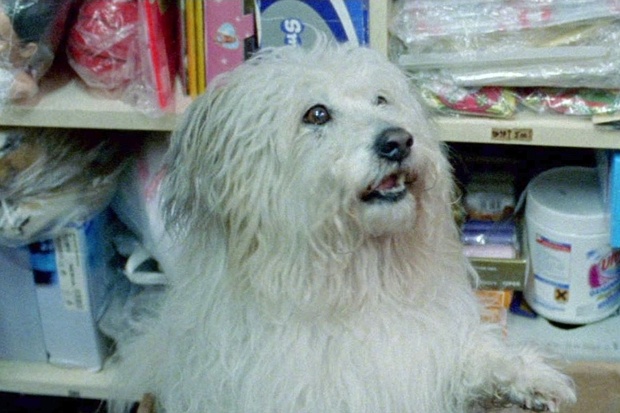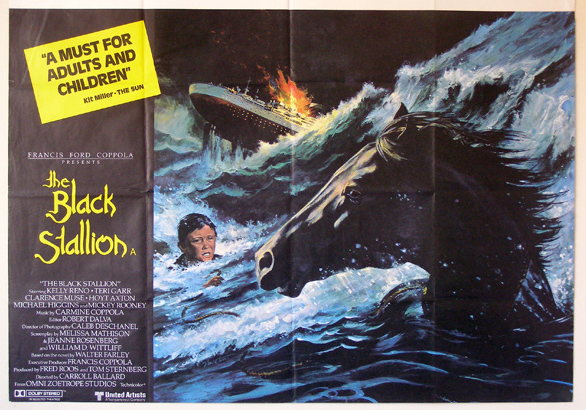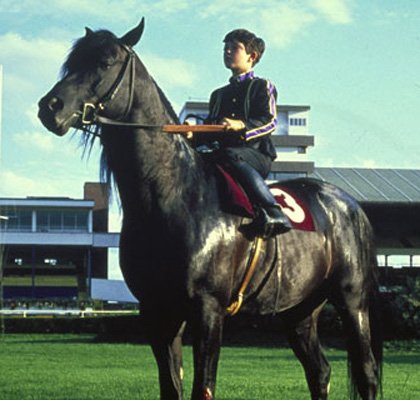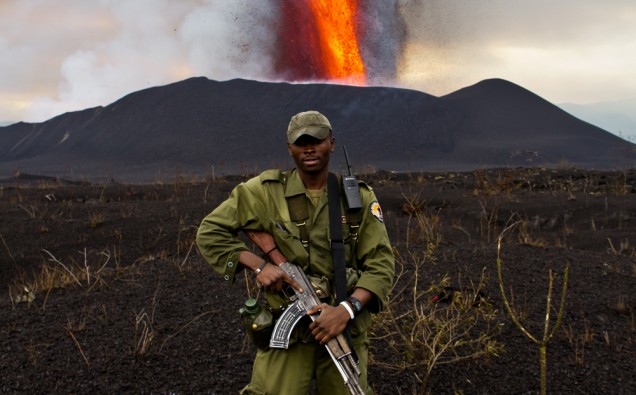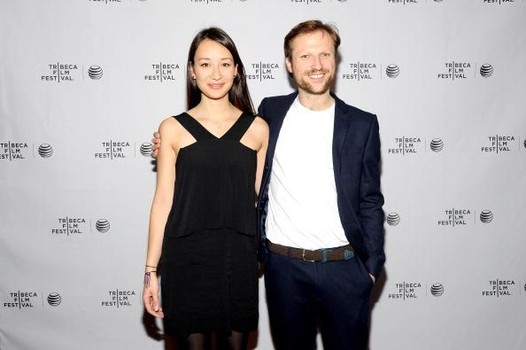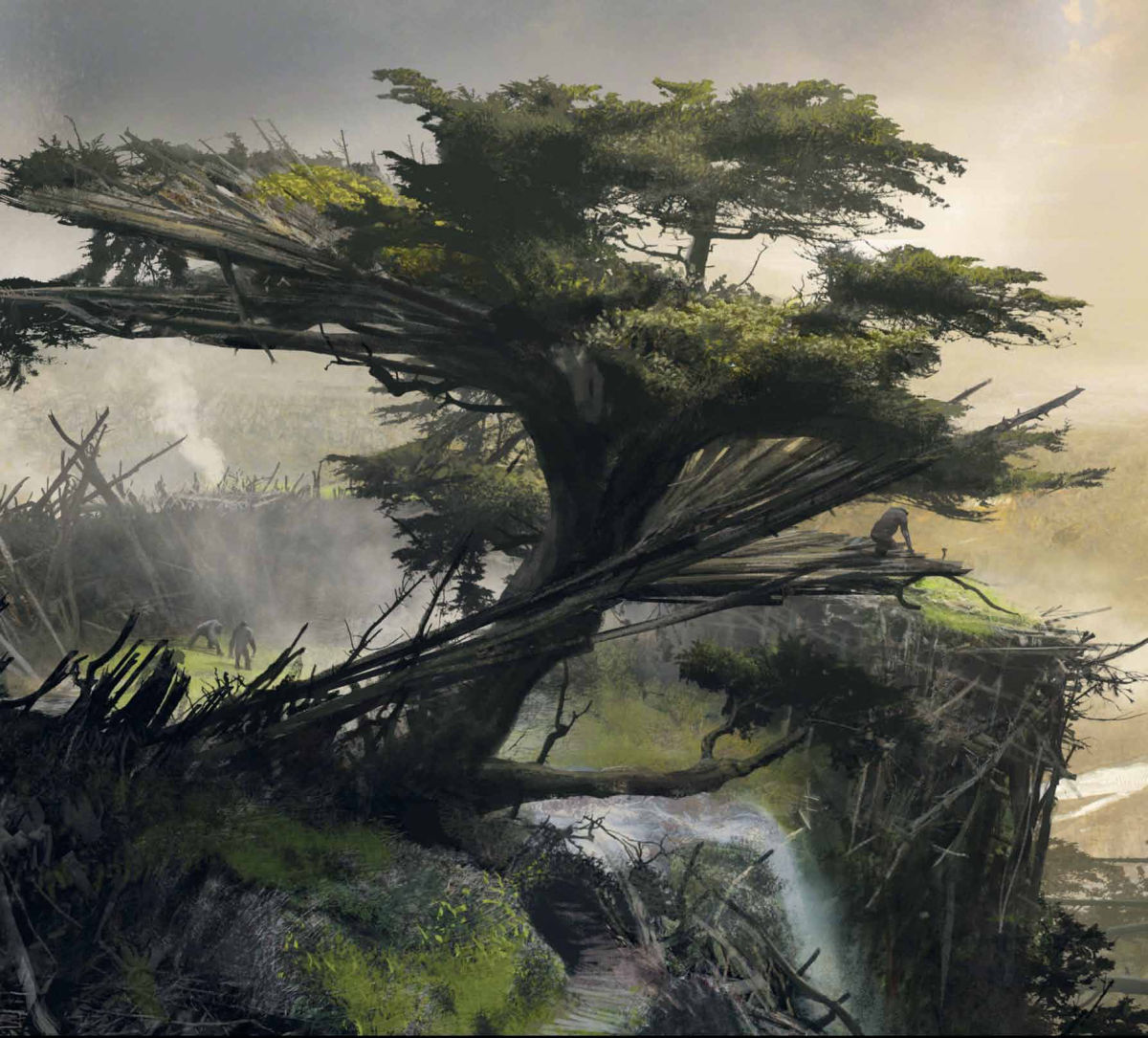Sydney Film Festival: Unconventional Creature Features
 Sunday, June 21, 2015 at 7:01AM
Sunday, June 21, 2015 at 7:01AM Glenn here offering some final thoughts on films at the Sydney Film Festival...
Let's talk about a couple of new documentaries and a horror-romance hybrid.
 The Russian Woodpecker
The Russian Woodpecker
Chad Garcia’s The Russian Woodpecker is fascinating. It’s a wholly unexpected surprise from this debut director that not only presents an involving story that links the nuclear devastation of Chernobyl to the modern day revolution of Ukraine with plenty of conspiracy theory intrigue, but also presents it in a formally adventurous way. The film’s central figure is the eccentric artist Fedor Alexandrovich and he’s the sort of man that would drift through a party before promptly leaving and making everybody turn to each other and say, “Well he was a character!” If this wasn’t a documentary he would almost be too hard to believe as he rattles off his (as it turns out, not entirely absurd) theory that the Chernobyl nuclear disaster was a planned plot by the Russian government to disguise the failure of a nearby Soviet-built radar tower that emitted a persistent clicking sound known as “the Russian woodpecker”.
Alexandrovich’s amateur sleuth skills are hardly credible, but his growing unease at his proposed discoveries – his interviews with former workers of the radar tower seethe with barely contained tension – leads brilliantly into a navigation of the current political unrest on the streets of Kiev and his growing unease with choosing to bring these Russian grievances to light. Visually arresting, Garcia’s film is an uncomfortable must-see.
Oscar? I'd like to think it can find a general release and compete for Oscar. After a few years of music and sport films winning, perhaps last year's win for Citizenfour will turn them back to politics. Barring The Look of Silence, nothing has emerged out of the festival circuit looking like a winner so it's an open playing field.
Horror on the Italian seaside and an elephant in Hawaii after the jump...
 Australia,
Australia,  Horror,
Horror,  Italy,
Italy,  Oscars (15),
Oscars (15),  documentaries,
documentaries,  film festivals,
film festivals,  zoology
zoology 



